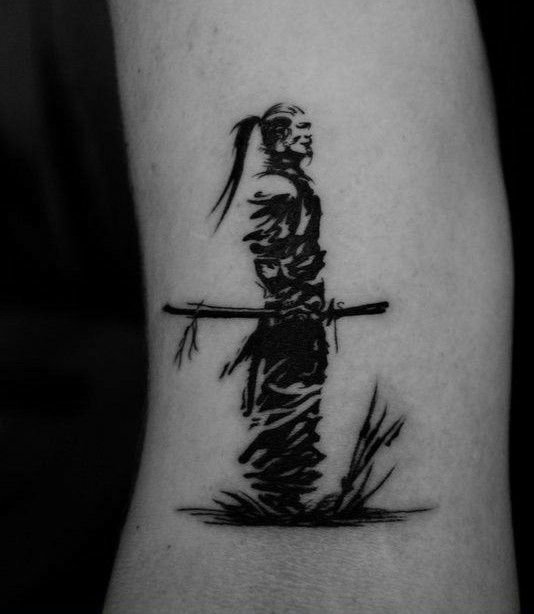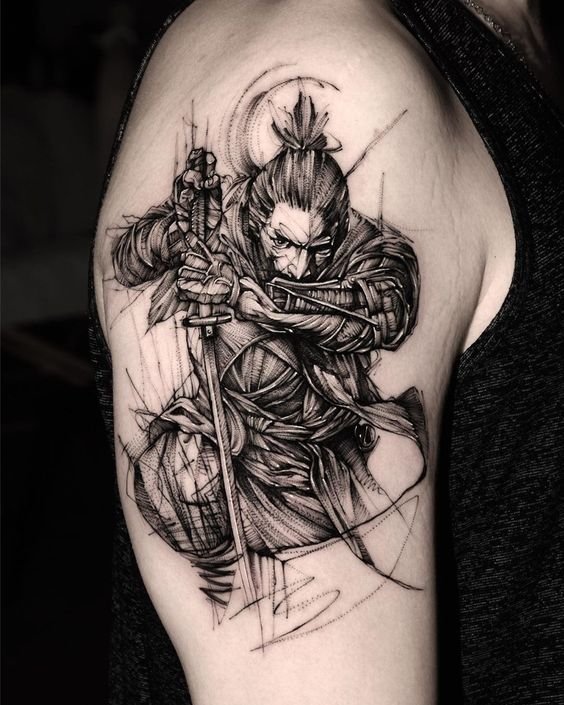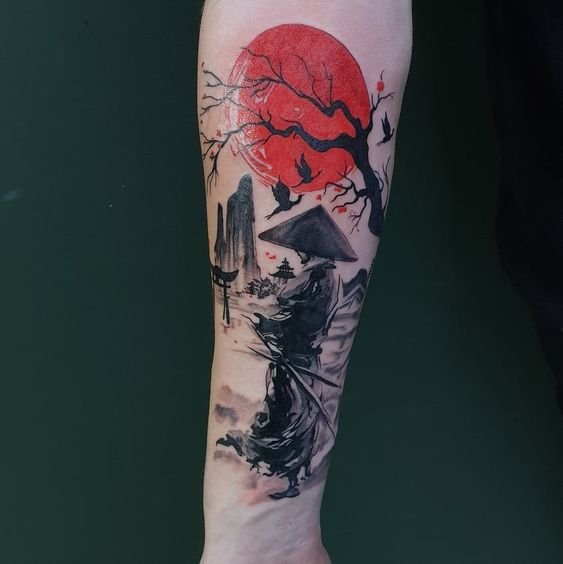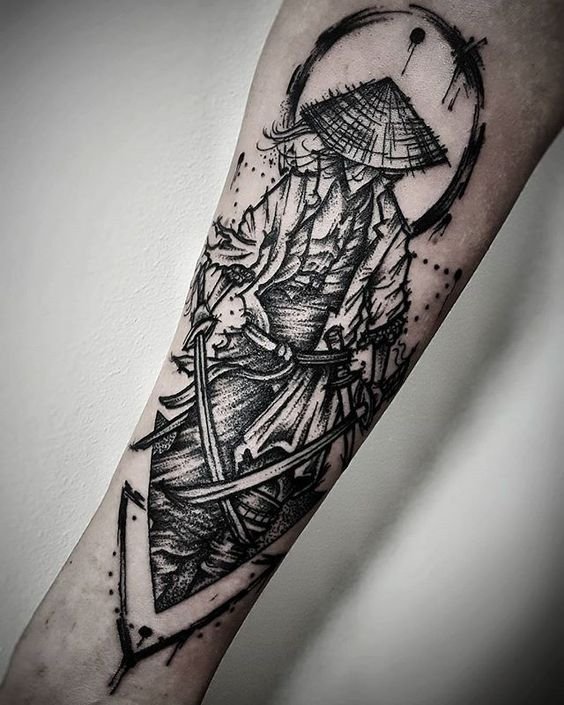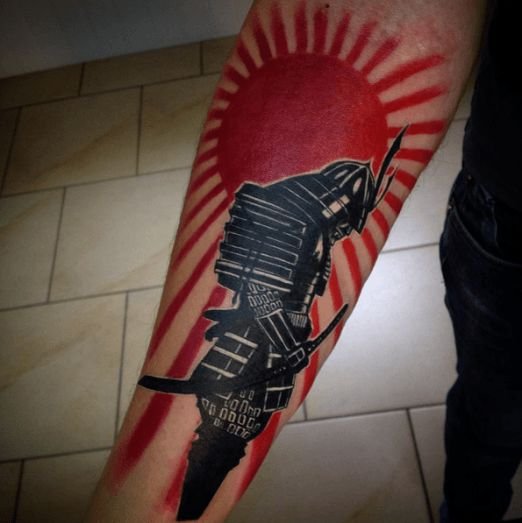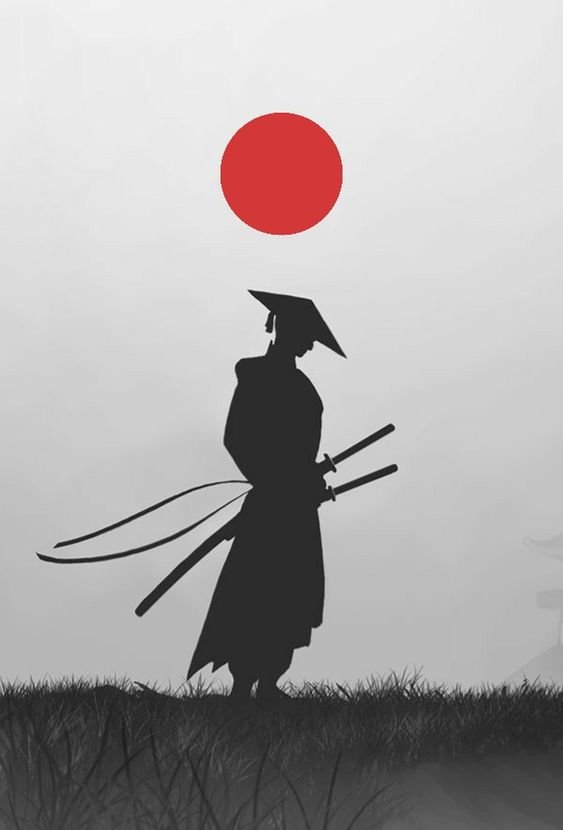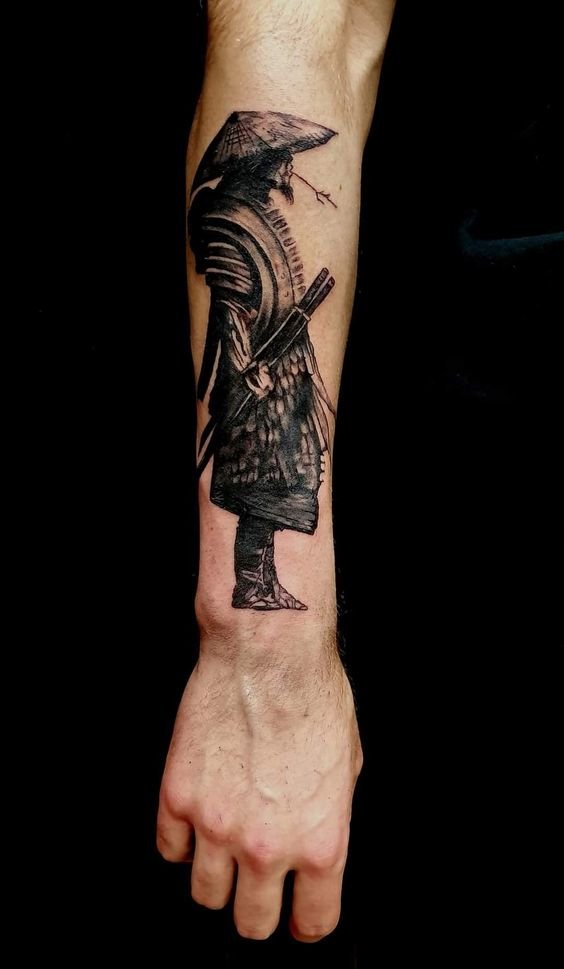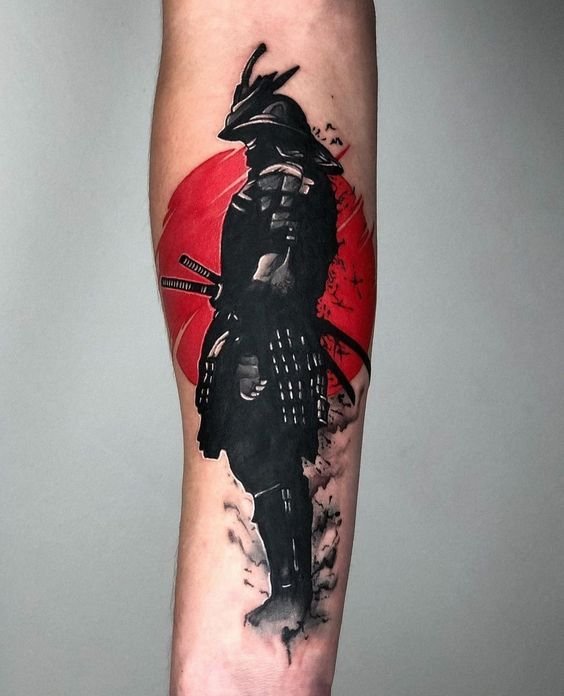Tattoo Samurai: what does it
mean, designs and styles
A samurai is a member of a privileged military class in ancient Japan.
Samurai tattoos in the Japanese style are fascinating and thrilling. The centuries-old history and culture of the country of the rising sun are inextricably linked to samurai, who embody courage, discipline and military honor.

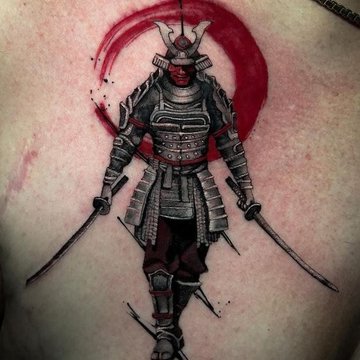

Samurai tattoo meaning
The legendary Japanese fighters are a model of loyalty and courage.
They stood for the protection of good and justice. Strong and brave warriors were proficient in martial arts and could easily handle all kinds of weapons. Samurai tattoo is a reference to ancient traditions and the desire to emphasize their own positive traits of character. Tattoo warrior who strictly adhered to the requirements of discipline and ethics - one of the most popular types of body art in Asia. The Bushido Codex («The Warrior’s Way») is a set of rules that the true samurai followed. Tattoo meaning is largely determined by the character and behavior of Japanese fighters.

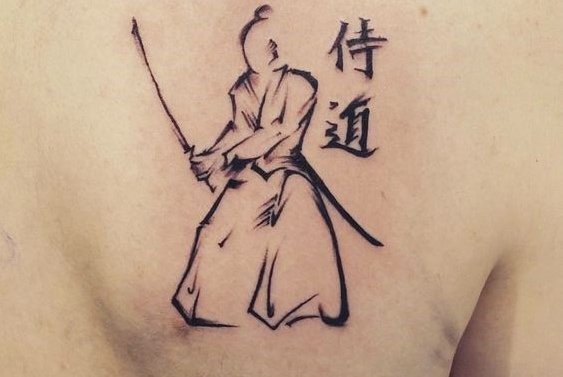
The main values are:
- Masculinity and fearlessness.
- Skill and dexterity.
- Honor and dignity.
- Nobility and noble lineage.
- Warrior spirit.
- The ability to fight off enemies.
- Overcoming difficulties.
- Achievement of goals.
- Self-development and self-improvement.
- The Challenge of death and the struggle for life.
- Discipline and organization.



The word «samurai» is translated as «serve».
The Japanese warriors served the emperor and high-ranking officials, which makes protection and protection an added value. Samurai were able to overcome the fear of death. Depicting a warrior means fearlessness and courage.
Samurai lived full lives because every day could be their last. The body image serves as a reminder of the transience of life and the need to combat the habit of postponing important things until later. In the end, the samurai’s tattoo reflects the idea that the owner puts in.


Different designs
The theme of samurai implies a huge number of variants of sketches.
Experimenting with the way, the masters create exclusive works. The Samurai Tattoo is closely related to Japanese culture, which causes the presence of different symbols popular in Japan. The Yin Yang, the Tiger, and the Geisha are often shown next to the Warrior. The tattoo’s meaning is expanded by bringing in new details and elements. Design variants:
- With a skull. It symbolizes victory over death, a bold challenge to enemies and dark forces.
- On a horseback. Only samurai had the right to fight on horseback. The meaning of the figure - strength, power, speed, power and high rank.
- With a dragon. The dragon is the most iconic mythical character, the samurai is the most legendary warrior. Uniting the two leading symbols of Japanese culture means good luck and overcoming adversity, successfully solving problems and achieving goals.

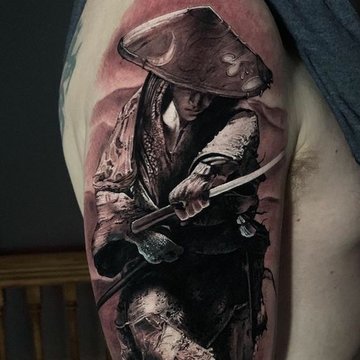

- With the rising sun. The immutable symbols of Japan represent a tribute to tradition and respect for cultural heritage.
- A struggling samurai. Means courage and virtuosity, determination and fortitude.
- With the Koi Fish. It symbolizes the will to win and overcome difficulties.
- With a Buddhist temple. In combination with the Japanese warrior means adherence to traditions, spirituality and training, achieving inner harmony and developing the strength of spirit. Safety and security are another.
- With Sakura. Cherry blossom is a symbol of the warrior’s path, the embodiment of moral maturity and ethical behavior. A powerful symbol indicates a high position in society, superiority, change for the better, choice of a life path. Other meanings are success in love and deeds, prosperity.
Samurai are depicted in different poses, full or fragmentary. Samurai tattoos are often supplemented by images of weapons - bows and arrows, katana, spears. Armor and weapons embody strength, courage and bravery, valor and honor. Other common elements in a tattoo are kanji. Hieroglyphs enhance meaning or reveal the concept of a native drawing. Japanese warriors may look aggressive or peaceful, realistic or animated.


Different styles
Samurai tattoos are usually performed in traditional Asian styles - Chinese and Japanese.
Usually these are largely detailed. The main locations are the back and chest, shoulders and forearm, arms or legs. Popular styles:
- Japanese. The abundance of small details that form a single image allows to achieve artistic expressiveness and aesthetics.
- Blackwork. The black ink pattern emphasizes the brutal meaning of the tattoo.
- Neo-Tradition. It involves the use of a wide color palette that helps to create colorful, vivid illustrations.
- Realism. The body drawing in a realistic style is distinguished by its complexity, shadows and fine detail, reminiscent of a work of art.
A samurai tattoo is more than a colorful body image on the skin. It is a reflection of personal qualities, a testimony of history, cultural heritage and art.


 Make a sketch in the AI VEAN TATTOO generator
Make a sketch in the AI VEAN TATTOO generator








